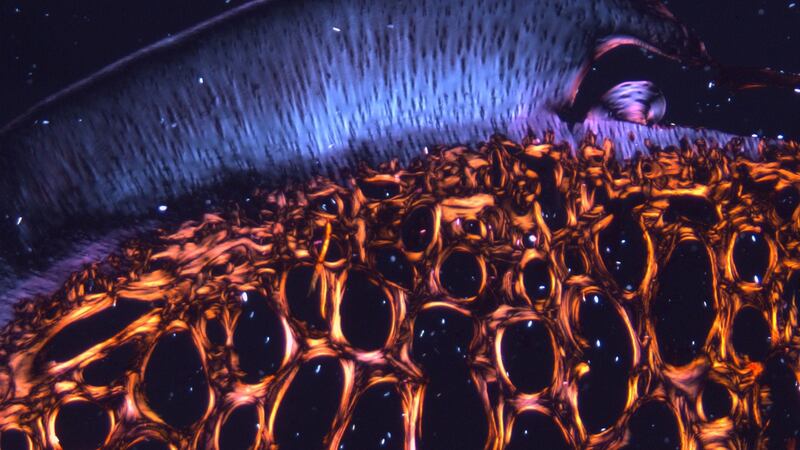The Irish research lab that has ambitions to build a bionic human is also trying to capture your imagination with beautiful pictures of the science that goes on there.
The Trinity Biomedical Sciences Institute celebrates its fifth birthday today with discussions about how its researchers plan to restore sight and find ways to reprogramme cancers to kill themselves.
Treatments

The institute also organised a photographic competition involving images taken within its labs, with the most striking to be revealed later today. The Trinity College Dublin facility brings together more than 500 scientists with varying backgrounds, something that promotes interdisciplinary research, said Prof Orla Hardiman, academic director of the institute.
This research can help bring real improvement to treatments, she said. One example is the development of bioengineered corneas, a synthetic alternative to the corneal transplants being used today.
There is a global shortage of donor corneas suitable for transplantation, so success with the synthetic alternative would represent a huge benefit, said Dr Mark Ahearne, who leads the work at the institute.
Economic impact
Associate professor Lorraine O’Driscoll is tackling another major health issue: cancer. She and her team at the institute are reprogramming cancer cells, making them less aggressive and more sensitive to anti-cancer drugs.
Prof O’Driscoll is leading an EU-funded collaboration on this research area, involving the work of 285 researchers in 27 EU countries. Success could bring a “huge societal and economic impact”, she said.
The photographic competition involves images taken by the researchers themselves. Most are arresting and beautiful to look at, even if you don’t understand what they are.
Many are micrographs of cells interacting, including different types of brain cell being grown and cartilage engineering.
The results of this photographic competition will be revealed later today.













